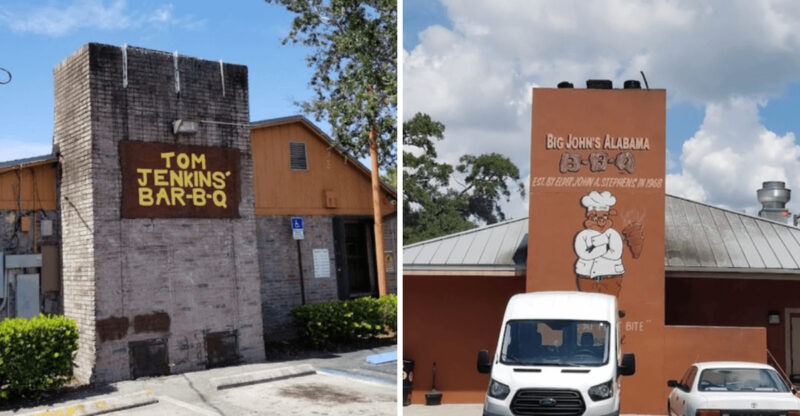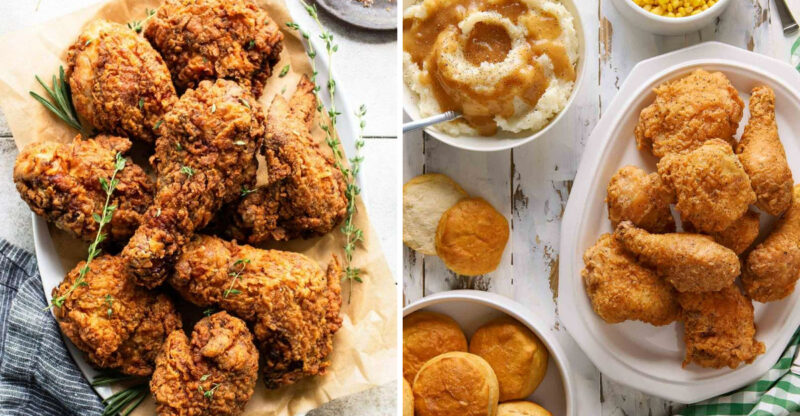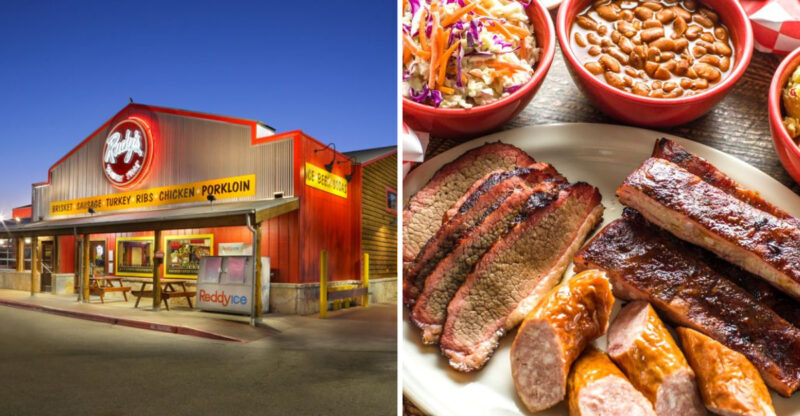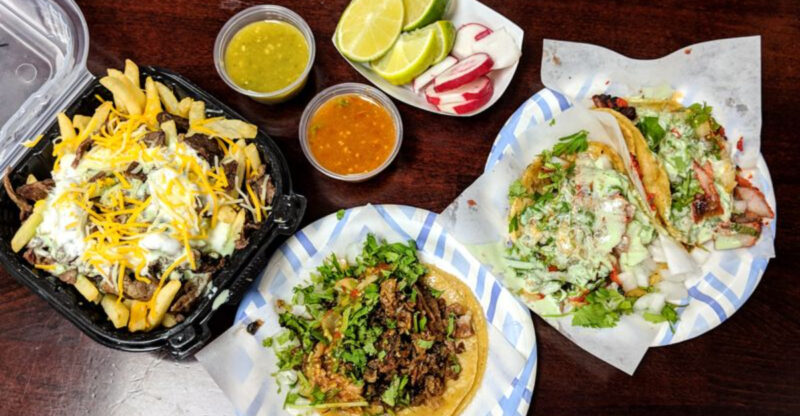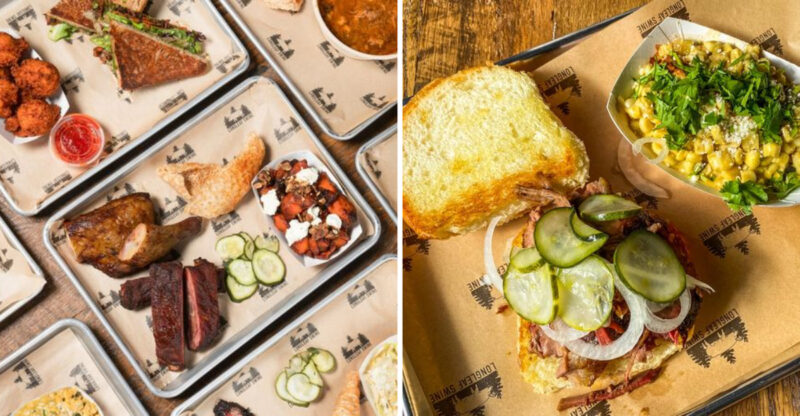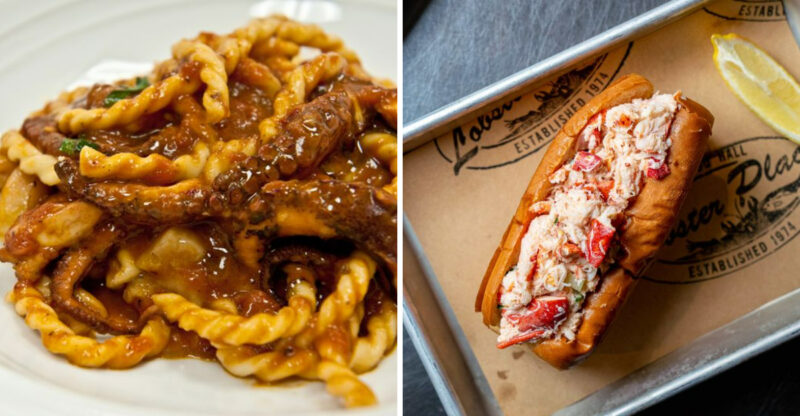California Fast-Casual Chains That Fell Short Of Expectations
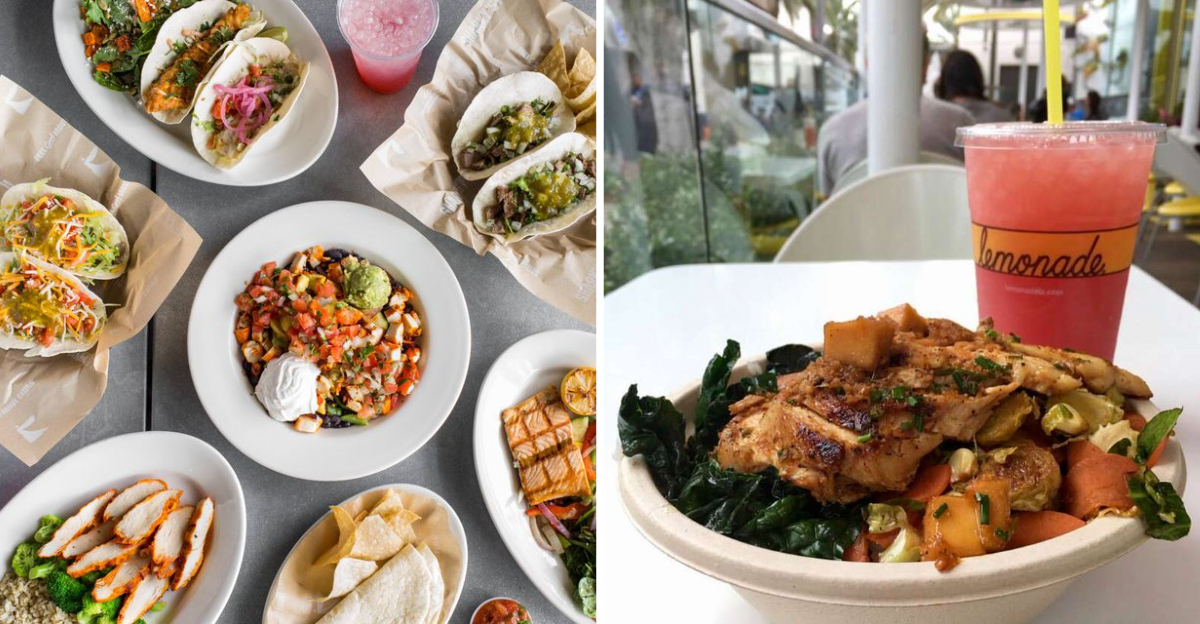
California has always been a hotspot for food innovation and trendy dining concepts. The Golden State gave birth to countless fast-casual restaurants that promised fresh ingredients, quick service, and exciting flavors.
However, not every chain that started with big dreams managed to live up to the hype, and some fell short in surprising ways.
1. Flame Broiler
When you think about healthy fast food, Flame Broiler might come to mind. This California chain launched with the promise of simple, nutritious rice bowls featuring grilled chicken or beef over rice with vegetables. The concept seemed perfect for health-conscious diners looking for quick meals without the guilt.
Unfortunately, many customers found the food incredibly bland and repetitive. The limited menu meant you were basically eating the same thing every visit, which got old fast. Without sauces or seasonings, the bowls tasted more like cafeteria food than restaurant quality.
Though they tried to position themselves as a healthier alternative, the lack of flavor made it hard to build a loyal following. Many locations eventually closed as customers sought out more exciting options elsewhere.
2. Lemonade Restaurant
Bright, colorful, and promising seasonal California cuisine, Lemonade Restaurant seemed like a winning concept. The cafeteria-style setup let you choose from dozens of salads, sides, proteins, and desserts arranged in an appealing display. Everything looked Instagram-worthy and fresh from farm to table.
However, the execution didn’t match the presentation. Customers complained about inconsistent food quality, with some dishes being oversalted while others lacked any flavor at all. The pricing also raised eyebrows since you paid by weight, and your tray could easily reach twenty dollars or more.
Service was another pain point, with long lines during lunch rushes and confused ordering processes. Despite the beautiful aesthetic, many diners felt the experience was overpriced and underwhelming compared to what they expected.
3. Veggie Grill
Plant-based eating has exploded in popularity, and Veggie Grill positioned itself as the go-to spot for vegan fast-casual dining. With locations across California, they offered burgers, bowls, and sandwiches made entirely from plant-based ingredients. The menu tried to appeal to both vegans and curious meat-eaters alike.
Despite the buzz around plant-based foods, Veggie Grill struggled with taste and texture issues. Many customers felt the food was overly processed and didn’t taste as fresh as advertised. The mock meats often had a rubbery texture that turned people off.
Pricing became another major complaint since meals cost as much or more than traditional fast-casual spots. For the quality received, diners expected better value and more satisfying flavors that would keep them coming back regularly.
4. Umami Burger
Did you know that Umami Burger started as a trendy Los Angeles concept that promised to revolutionize how we think about burgers? The chain focused on the fifth taste sensation umami and created elaborate burgers with unique toppings and house-made sauces. Food critics initially raved about the innovative approach.
As the chain expanded rapidly, quality control became a serious problem. The burgers that once impressed food bloggers became inconsistent, with some locations serving dried-out patties and wilted toppings. Wait times stretched unreasonably long for fast-casual service.
The prices climbed higher while portion sizes seemed to shrink, leaving customers feeling cheated. What started as an exciting burger destination turned into an overpriced disappointment, and many locations eventually shut their doors after failing to maintain their original standards.
5. Native Foods
Another plant-based contender, Native Foods aimed to make vegan eating accessible and delicious for everyone. The California-based chain offered comfort food classics reimagined without animal products, from buffalo wings to meatball subs. Their mission was admirable and attracted environmentally conscious diners.
Where they stumbled was in delivering consistent, craveable flavors. Some menu items worked well, but others tasted artificial or overly salty to mask the lack of depth. The portions also varied wildly between locations, making it hard to know what you were getting.
Customer service issues plagued many stores, with slow preparation times and order mix-ups becoming common complaints. While the concept had potential, the execution left much to be desired, and the chain couldn’t compete with better-run vegan establishments or traditional restaurants.
6. Tender Greens
Farm-to-table dining in a fast-casual format sounds amazing on paper. Tender Greens promised exactly that, with locally sourced ingredients prepared fresh daily in an open kitchen. The California chain attracted professionals looking for quick, healthy lunches that didn’t sacrifice quality for convenience.
Unfortunately, the reality often fell short of expectations. Menu items changed frequently based on seasonal availability, which confused regular customers who had favorites. Pricing was steep for what amounted to basic salads and proteins, often exceeding fifteen dollars for a simple plate.
The portions felt small compared to competitors, leaving many diners still hungry after their meal. Service could be hit-or-miss, with some locations maintaining high standards while others seemed disorganized. For the premium price, customers expected a more reliable and satisfying experience overall.
7. Eureka! Restaurant & Lounge
How do you combine craft beer, gourmet burgers, and a lively atmosphere? Eureka! Restaurant & Lounge tried to answer that question with locations throughout California. They positioned themselves as a gastropub experience in a fast-casual format, offering an extensive beer list alongside elevated comfort food.
The problem was identity confusion customers couldn’t figure out if it was a bar, a restaurant, or something in between. The menu was overwhelming with too many options, yet many dishes tasted surprisingly generic. Service was slow despite the fast-casual label.
Noise levels made conversation difficult, and the prices didn’t match the overall experience. For what you paid, local brewpubs offered better food and atmosphere. The chain struggled to find its footing and never quite delivered on its ambitious promise.
8. Zpizza
It’s hard to mess up pizza, but Zpizza managed to leave many customers disappointed. This California chain focused on organic ingredients and creative toppings, marketing themselves as a healthier pizza alternative. The concept appealed to families wanting better options than traditional pizza chains.
In practice, the crust often came out undercooked or burnt, with little middle ground. Toppings were sparse for the price, and the organic label seemed to justify charging significantly more than competitors. Many customers felt they were paying extra for a buzzword rather than noticeably better quality.
Service was another weak point, with long wait times and frequent order errors. When you can get tastier pizza from local spots or even chain competitors, paying premium prices for inconsistent quality doesn’t make sense. The promise simply didn’t match reality.
9. Blaze Pizza
Speed and customization were Blaze Pizza’s calling cards when they launched in California. You could build your own pizza with unlimited toppings, watch it cook in a blazing hot oven, and have it ready in just minutes. The concept attracted crowds initially, especially younger diners wanting personalized meals.
As popularity grew, so did the problems. Employees rushed through assembly, often missing toppings or applying them unevenly. The thin crust frequently burned or came out soggy, depending on oven placement. Quality control seemed nonexistent during busy periods.
The unlimited toppings promise became meaningless when staff skimped on portions to save costs. What started as an exciting, affordable option turned into a frustrating experience where you never knew if your pizza would turn out decent or disappointing.
10. Lemonade LA
Though similar in name to another entry, Lemonade LA carved out its own niche in the California fast-casual scene. The marketplace-style restaurant offered seasonal, locally inspired dishes in a cafeteria format where you pointed at what looked good. The aesthetic was undeniably appealing and drew in curious diners.
Beyond the pretty presentation, substance was lacking. Food often sat under heat lamps too long, losing freshness and flavor. The pay-by-weight model meant your seemingly modest selections could cost twenty-five dollars or more, shocking customers at checkout.
Portion sizes were small, and many dishes tasted overly dressed or under-seasoned. Staff seemed rushed and unhelpful when you had questions about ingredients or preparation. For the high prices charged, the experience felt more like an overpriced cafeteria than the elevated dining they advertised.
11. Mendocino Farms
Are sandwiches worth fourteen dollars? Mendocino Farms certainly thought so, positioning themselves as a premium sandwich destination in California. They offered creative combinations with interesting ingredients and a focus on quality bread. The menu read impressively, with each sandwich telling a story.
In reality, many customers felt the sandwiches were overbuilt with too many competing flavors that didn’t work together. Portions seemed small for the price, especially when sides cost extra. The bread, while fresh, often overwhelmed the fillings rather than complementing them.
Service moved slowly despite the fast-casual format, with long waits during lunch rushes. The atmosphere felt sterile rather than welcoming. When local delis offered better sandwiches at lower prices, it became hard to justify returning to Mendocino Farms regularly despite their marketing efforts.
12. Build Custom Burgers
Customization was the big selling point for Build Custom Burgers when they opened in California. You could choose everything from the type of bun to the protein to unlimited toppings, creating your perfect burger. The concept seemed foolproof since everyone could get exactly what they wanted.
Execution proved far more challenging than concept. With so many options, orders got confused frequently, and you’d often receive something different than what you built. The burger patties themselves were mediocre quality, thin and dry despite your topping choices.
Prices climbed quickly as you added items, easily reaching fifteen dollars for a burger and fries. The toppings bar looked appealing but often ran low during peak hours. When your customized burger arrives wrong and tastes average, the whole premise falls apart quickly.
13. Sharky’s Mexican Grill
Fresh-Mex dining came to California through chains like Sharky’s Mexican Grill, promising healthier Mexican food without sacrificing taste. They focused on grilled items, fresh vegetables, and made-to-order burritos and bowls. The menu looked appealing with plenty of customization options for different dietary needs.
Where Sharky’s disappointed was in bland, uninspired flavors that didn’t capture authentic Mexican cuisine. The proteins were often dry and over-seasoned with generic spice blends. Portions varied dramatically between locations and even between visits to the same store.
Prices were higher than competitors like Chipotle without offering better quality or taste. The salsa bar, meant to be a highlight, featured watery salsas with little flavor. For California diners with access to amazing authentic Mexican food, Sharky’s simply couldn’t compete on taste or value.
14. The Habit Burger Grill
Starting as a small California beach town burger stand, The Habit Burger Grill expanded rapidly with promises of chargrilled perfection. Their signature charburgers featured a flame-grilled taste that initially impressed customers. The menu also included sandwiches, salads, and shakes, offering something for everyone.
As expansion accelerated, consistency problems emerged across locations. Some stores served juicy, flavorful burgers while others delivered dry, overcooked patties. The quality of ingredients seemed to decline as the chain grew, with toppings appearing less fresh.
Service became noticeably slower, and prices crept upward without corresponding improvements in food quality. The chargrilled taste that made them special became inconsistent and sometimes absent entirely. What began as a beloved local spot lost its charm when corporate growth prioritized expansion over maintaining the standards that built their reputation.

